Should You Tip Pool Table Movers: Cost, Etiquette & Considerations
Moving a pool table requires specialized services with costs varying by table size, distance, and ha…….
In the world of furniture relocation, few items evoke as much intrigue and debate as a billiard table—a staple in recreational and entertainment settings worldwide. The cost of moving such a substantial and intricate piece of equipment is a concern for many, especially with the varying quotes and potential hidden fees that can arise. This article delves into the multifaceted topic of “How Much Does It Cost to Move a Billiard Table?” exploring its economic, logistical, and regulatory aspects in depth. By the end, readers will have a comprehensive understanding of the factors influencing these costs, enabling them to make informed decisions regarding their billiard table moves.
“How Much Does It Cost to Move a Billiard Table?” refers to the calculation and estimation of expenses involved in transporting and relocating a pool or billiards table from one location to another. This process is far more complex than simply moving a standard piece of furniture due to the unique attributes of these tables:
Size and Weight: Billiard tables vary significantly in size, from compact table sizes like 7-foot (2.13 m) to larger models over 9 feet (2.74 m). Heavier tables require specialized handling and equipment for safe transport.
Structure and Components: These tables consist of a playing surface (typically cloth or vinyl), wooden frame, legs, pockets (for pool tables), and various mechanical parts if they include accessories like automated ball returns. Each component contributes to the overall weight and complexity of disassembly and reassembly during relocation.
Disassembly and Reassembly: Depending on the table’s design, disassembling it for transport may be necessary. This process can be intricate, requiring expertise to ensure no damage occurs to the table or surrounding areas during removal of various parts.
Specialized Equipment: Moving a billiard table often necessitates the use of specialized equipment like dollies, slings, and protective covers to facilitate safe handling and reduce the risk of damage.
The cost estimation involves factoring in labor (movers’ time), transportation (fuel, vehicle size), disassembly/reassembly, special equipment, insurance, and potential additional services like cleaning or refurbishment after the move.
The concept of moving billiard tables has a global reach, with variations in costs and practices across different regions:
North America: In the United States and Canada, the cost of moving a billiard table is relatively well-defined, with numerous professional movers specializing in this service. Average prices range from $500 to $1500 USD, depending on table size, distance traveled, and level of disassembly required.
Europe: European countries exhibit diverse pricing structures, influenced by factors like labor costs, local regulations, and competition among movers. In the UK, for instance, moving a standard pool table can range from £300 to £1000 GBP, while larger tables or complex moves may cost up to £2000 GBP.
Asia: The vast continent of Asia presents unique challenges and opportunities. In countries like China and Japan, where table tennis (ping pong) is immensely popular, the demand for moving these tables is high. Costs can vary widely, from a few hundred dollars USD for local moves to thousands for international transportation.
Emerging Markets: Countries in Central America, South America, and Africa often have less established industries for billiard table relocation, leading to broader price ranges and fewer standardized practices. Local businesses may offer competitive rates but could lack the specialized equipment or expertise required for complex moves.
The market dynamics surrounding billiard table moving services are influenced by various economic factors:
| Factor | Impact |
|---|---|
| Demand: The popularity of pool, snooker, and ping pong tables drives the demand for moving services. Local tournaments, growing recreational facilities, and increasing home game rooms contribute to this demand. | Higher demand generally leads to more specialized service providers entering the market, increasing competition and potentially driving down prices. |
| Labor Costs: The cost of skilled labor is a significant factor. Highly trained and experienced movers command higher rates, affecting the overall pricing structure for table moves. | Businesses may offer training programs or incentivize existing employees to specialize in billiard table moving to reduce costs while maintaining quality service. |
| Transportation Expenses: Fuel prices, vehicle maintenance, and distance traveled impact transportation costs, which are passed on to customers. International moves incur additional expenses due to customs duties and international shipping regulations. | Companies can optimize routes and use fuel-efficient vehicles to mitigate these costs. Dynamic pricing models that adjust based on market demand and time of year can also be employed. |
| Competition: The presence of multiple moving companies in a region influences pricing strategies. Newer, smaller businesses may offer competitive rates to gain a foothold in the market. | Customers benefit from competitive pricing but should also consider the quality of service provided by lesser-known companies. Established firms with positive reputations often command higher prices due to their reliability and expertise. |
Logistically, moving a billiard table presents several challenges:
Access: Ensuring access to both the departure and destination locations is crucial. Doors, hallways, and stairs must be measured to ensure the table can pass through without damage or disassembly.
Weight and Size: Overloading vehicles during transport poses significant risks. Professional movers use specialized equipment and vehicles with appropriate weight capacity to handle different table sizes and weights safely.
Disassembly and Reassembly: This process requires skill, patience, and the right tools. Movers should have experience disassembling various types of tables to ensure no damage occurs. Proper documentation of each part’s location is essential for efficient reassembly at the new site.
Protective Covering: Protective covers or blankets are used to safeguard the table during transport. These coverings also protect floors and walls from scratches or scrapes during the move.
The regulatory environment surrounding billiard table moving services varies globally:
Licensing and Permits: Many regions require movers to obtain licenses or permits to operate legally. These licenses ensure compliance with safety regulations, worker compensation, and insurance requirements.
Insurance: Moving companies are encouraged to carry insurance to protect both the business and customers from potential losses during transit. Customers should also consider insuring valuable tables to cover damage or loss during the move.
International Regulations: International moves involve navigating customs and import regulations, which can impact timing and costs. Proper documentation, including value declarations and country-specific forms, is essential for smooth customs clearance.
Determining the cost to move a billiard table involves a step-by-step process:
Table Assessment: Analyze the table’s size, weight, and design to understand the scope of work required. Consider whether disassembly is necessary and the level of specialized equipment needed.
Local vs. Long-Distance Moves: Local moves generally cost less due to reduced transportation expenses. Long-distance or international moves incur higher costs due to fuel, shipping containers, customs, and potential additional insurance requirements.
Labor Rates: Research local labor rates for movers. Cities with a high cost of living may have higher mover salaries, which are reflected in their service prices.
Disassembly/Reassembly: Factor in the time and labor required to disassemble and reassemble the table. This process can significantly impact the overall cost, especially for complex tables or moves requiring extensive disassembly.
Transportation: Calculate transportation costs based on vehicle size, fuel expenses, and distance traveled. Multiple trips may be necessary for larger tables, increasing transportation costs.
Special Services: Consider additional services like cleaning, refurbishment, or specialized packaging that might be required. These services carry extra costs but can enhance the post-move experience.
Q: Do I need to disassemble my billiard table for transport?
A: Disassembly is often necessary, especially for larger tables. It ensures safer handling and reduced risk of damage during transportation. Some companies offer partial or full disassembly as part of their service.
Q: How much advance notice should I give for a billiard table move?
A: Advanced notice is beneficial to ensure availability of movers and plan the logistics effectively. Two to four weeks’ notice is common, but for complex moves or during peak seasons, six weeks or more may be required.
Q: Can I move my pool table myself?
A: Moving a billiard table yourself can be challenging and risky, especially for larger tables. It’s recommended to hire professionals unless you have the necessary equipment and experience to handle it safely.
Q: What if I only need to move it a short distance within my home?
A: Even for short-distance moves within a home or apartment, professional movers are advisable. They have the expertise to navigate tight spaces and avoid damaging walls, floors, or the table itself.
Q: How can I get the best price for moving a billiard table?
A: Research local movers, compare quotes, and ask for references. Be wary of exceptionally low prices as they may indicate subpar service. Consider getting multiple quotes to ensure you’re receiving competitive rates for your specific move.
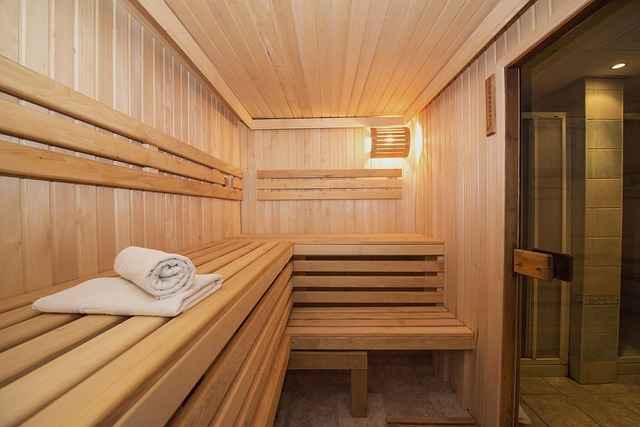
Moving a pool table requires specialized services with costs varying by table size, distance, and ha…….

Selecting a rug for a 7ft pool table requires careful consideration of size and budget. A rug coveri…….

Moving a pool table involves considering table size, weight, disassembly complexity, location access…….

Selecting the appropriate pool table felt (Nap-style, True Felt, Pro-Style) influences gameplay and…….
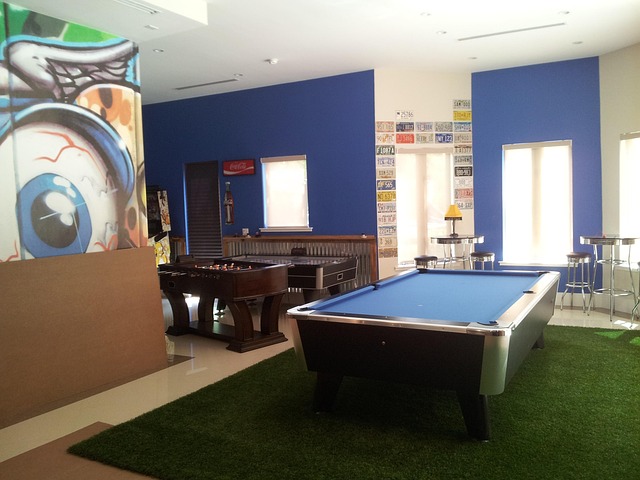
Moving a pool table, unlike standard furniture, involves significant costs tied to its size, weight,…….
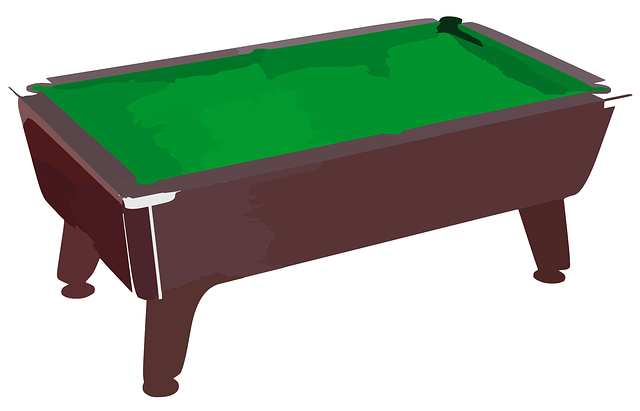
Moving a pool table involves considering size, weight, disassembly complexity, distance, and special…….
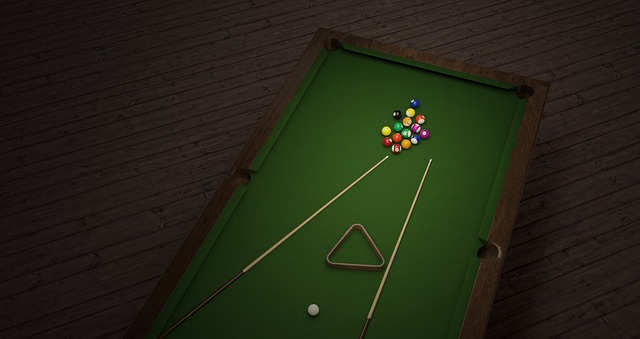
Choosing between napless and napped pool table felt significantly impacts gameplay, maintenance, and…….
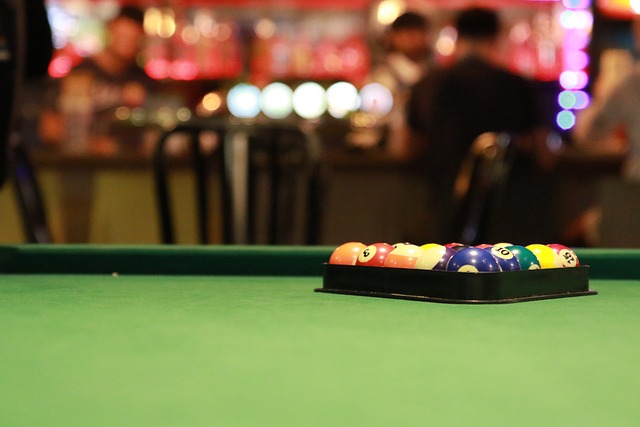
Moving pool tables requires careful consideration due to their intricate design and weight, with cos…….

Moving a billiard table requires careful planning and consideration, with costs varying based on tab…….

Moving a pool table requires professional assistance due to its substantial weight (up to several hu…….